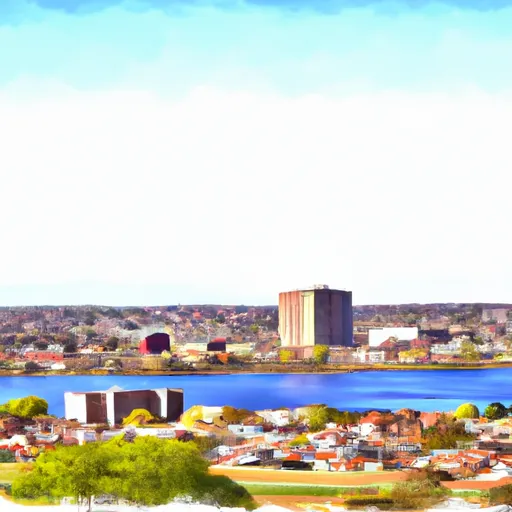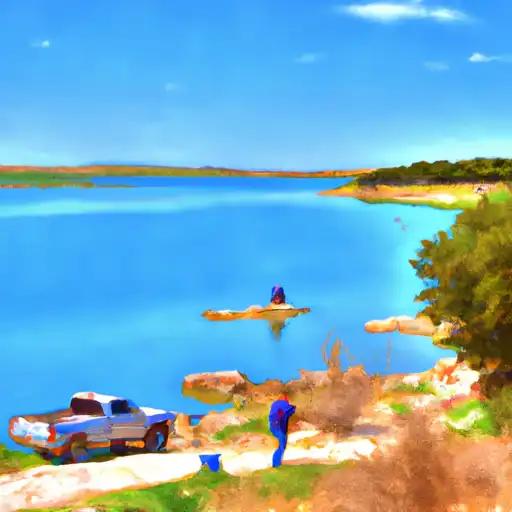°F
°F
mph
Windspeed
%
Humidity











Canyon Lake is a small city located in Comal County, Texas. The area has a humid subtropical climate with hot summers and mild winters. The city is situated around Canyon Lake, a reservoir that was formed by the Guadalupe River. The lake is a popular spot for fishing, boating, and swimming. The hydrology constituents of Canyon Lake include the Guadalupe River and several creeks that feed into the lake. The area is also home to numerous parks and natural areas, including Guadalupe River State Park and Canyon Lake Gorge. Outdoor recreation opportunities in Canyon Lake include hiking, camping, and wildlife viewing.
Weather Forecast
Canyon-Lake receives approximately 881mm of rain per year, with humidity levels near 90% and air temperatures averaging around 20°C. Canyon-Lake has a plant hardyness factor of 8, meaning plants and agriculture in this region tend to thrive here all year round.
Regional Streamflow Levels
24
Cubic Feet Per Second
9
Cubic Feet Per Second
11
Cubic Feet Per Second
18
Cubic Feet Per Second
Nearby Camping
| Camping Area | Reservations | Toilets | Showers |
|---|---|---|---|
| North Park - Canyon Lake | |||
| Pedernales Falls State Park | |||
| Calaveras Lake Park Dispersed | |||
| Cranes Mill Park - Canyon Lake | |||
| Potters Creek - Canyon Lake | |||
| Arkansas Bend - Lake Travis |



